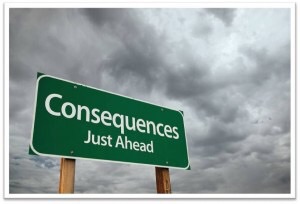Nov 11, 2014
Introducing Schools of Consequence
There are good schools. And, there are great schools. And, then there are schools which have a transformational impact on their context, community, and culture.
After working with over 200 independent schools and private colleges throughout the country, we have learned a lot from our clients over the past decade. We can often strategically categorize schools and colleges by mission, enrollment, financial model, and even educational philosophy. However, we think we have discovered a new category of school or college that defines their success in a different and more meaningful way. We call them Schools of Consequence.
Just what is a School of Consequence? From our experience, there are a multitude of good schools and colleges that churn out good graduates through good programs. They are consumer centric, provide good services, deliver an excellent education, and produce excellent student outcomes. Then, however, there are schools and colleges that appear to have a transformational quality on the context of their environment. They shape, mold, and transform the culture around them. They are porous, deeply connected to their community, and an integral player in the context of their environment. Just like the famous character George Bailey in the famous movie “It’s a Wonderful Life” played a transformational role in the historic Bedford Falls community, these schools and colleges seem to have a profound impact on the context and culture around them. They are a small segment of independent schools and colleges that seem to thrive in doing meaningful work within the context of their environment.
During the next several weeks, we will introduce the essential characteristics of a new category of educational institution that we are naming Schools of Consequence. No, we won’t be identifying schools and colleges by name. Rather, we will be defining their very characteristics that make them distinctive and relevant to their operating environment. Sure, we may use examples in case studies to prove our point. More importantly, we will outline five distinct elements of these schools and colleges. What makes them tick? Why are they so successful? What’s different about their culture than other schools? And, why should more schools and colleges seek to be just like them?
We think we’ve discovered a new category of school for tomorrow. We call them the Schools of Consequence. We invite you to join us as we outline this next generation of schools over the next several weeks.


Thanks for writing thiis